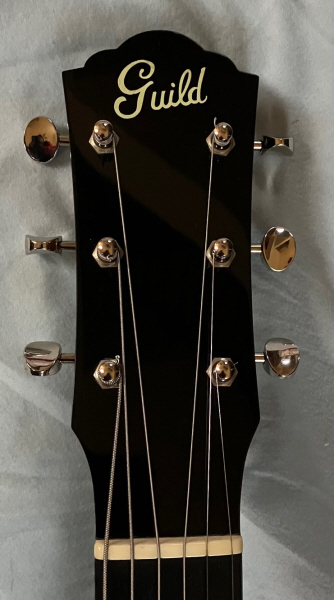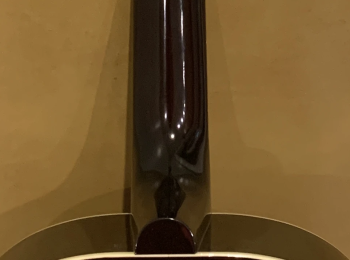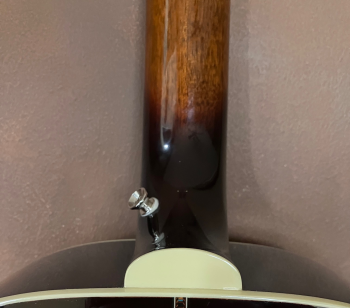GGJaguar
Reverential Member

I love 12-fret dreadnaughts. They are what steered me away from Guild acoustics over 25 years ago. So, when @Stuball48 listed his Orpheum 12-fret D for sale, my willpower gave out and now it’s mine.
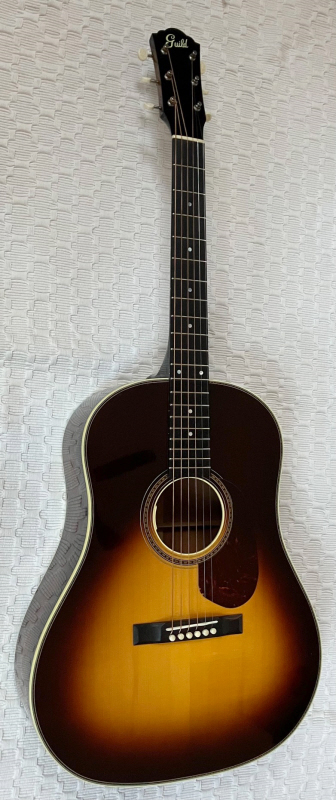
Probably everyone on LTG knows the story about the Orpheum line: Ren Ferguson, “if Guild built guitars in the 1930s”, hide glue, blah blah blah. But if you aren’t familiar, a quick interwebs search will tell you all you need to know within minutes. With that said, I don’t believe these represent what Guild “would have built”, but are merely an extension of Mr. Ferguson’s Gibson-centric guitar design philosophy.
The Orpheum 12-fret D roots are unmistakably based on the 1930’s Gibson Roy Smeck Stage Deluxe model. It was a slope shouldered 12-fret Honduran mahogany dreadnaught with heavy, straight bracing (X-braced) with a giant V-neck (2.25” nut!). It was meant to be played Hawaiian style, but a lot of players have them converted to play Spanish style (neck re-set, lower nut, add frets, shave neck to make it slimmer). It wasn’t a fancy model and had basic appointments – rosewood fingerboard with pearl dot markers, open-back tuners, straight bridge with through-saddle, single ring 3-ply rosette, single bound top and back (some were triple bound), no back stripe, and a firestripe pickguard (some had no pg).
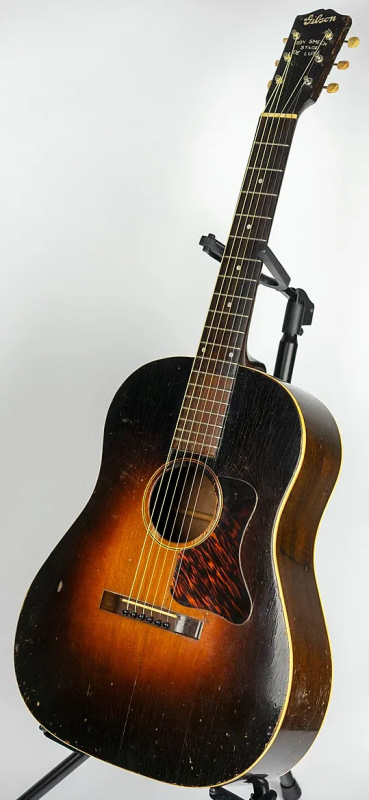
Fast-foward to the 1990s and Gibson reissues the Roy Smeck Stage Deluxe. The reissue is, obviously, set up to play Spanish style. The neck profile is a little chunky with a 1.8” (27.5 mm) nut width and is attached to the body via a dovetail joint and hide glue. The Honduran mahogany body is fitted with a triple bound red spruce top that has scalloped X-bracing. Like the original, it has a single ring 3-ply rosette, no backstripe and a firestripe pickguard. Scale length is 24 ¾ inches and the guitar has 19 frets.
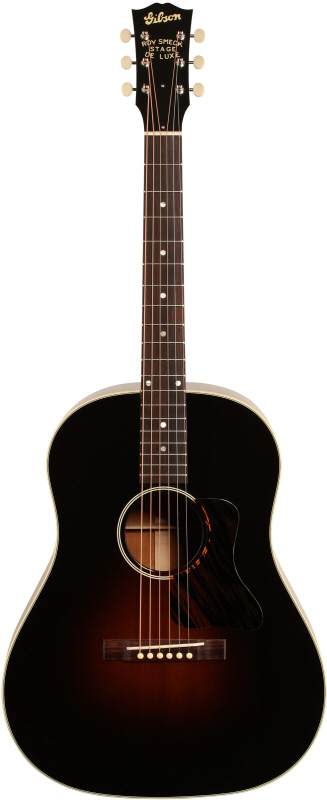
Jumping to 2012, Ren is working for Guild and helps design the Orpheum series using his vast knowledge of Gibson acoustic guitars. To differentiate the 12-fret D from the Gibson Roy Smeck model, Ren and his team changed up the cosmetics a bit. A stylized Guild “hump top” headstock shape was added to the narrow Gibsonesque headstock. Like the Gibson, the Orph’s logo is silkscreened over the lacquer finish and is, therefore, at risk of being damaged (later it was applied under the lacquer).
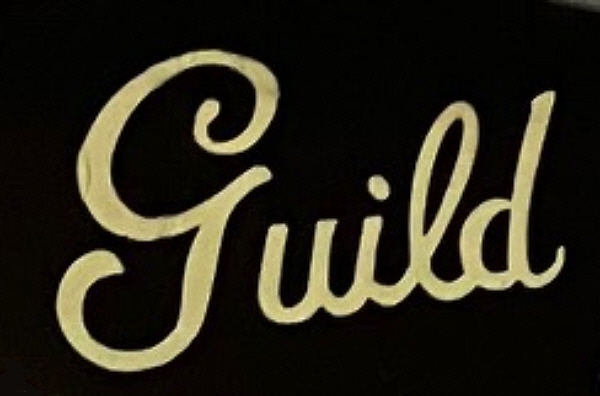
The Orph has a 2-piece neck and ebony fingerboard in place of the Gibson’s 1-piece neck with rosewood board. It also has an additional fret (20 instead of the Gibson’s 19). The 24 ¾” scale was retained along with the 1.8” nut width (later reduced to 1.75”). The heel carve was flattened to be more Guild-like. The Smeck’s straight bridge was kept, but ebony instead of rosewood and the through-saddle was replaced by a drop-in saddle. The firestripe pickguard was replaced by a tortoise guard that reminds me of the Fender Paramount line. The back is single bound like the Gibby, but the Orph gets a snazzy back stripe, a 3-ply bound top with rope purfling and a fancy 3-ring rosette. In addition, the sound hole is bound like Martin’s Ditson 333 12-fret dread.
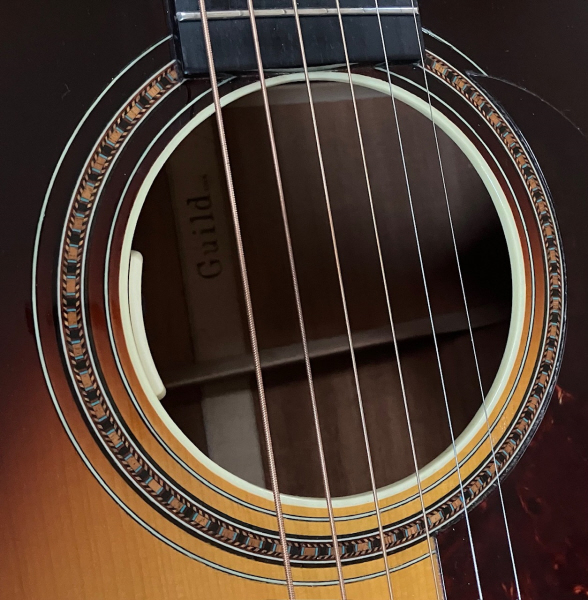
The Orph’s top bracing takes an interesting hybrid approach. The X-bracing is slightly tapered, while the two tone bars are scalloped. I believe the angle of the X-brace is large (maybe 100°?) as found on vintage Gibsons. The tone bars seem to have contemporary placement. The back uses the traditional style of two thin braces and two thick braces. So, it’s a real mashup.
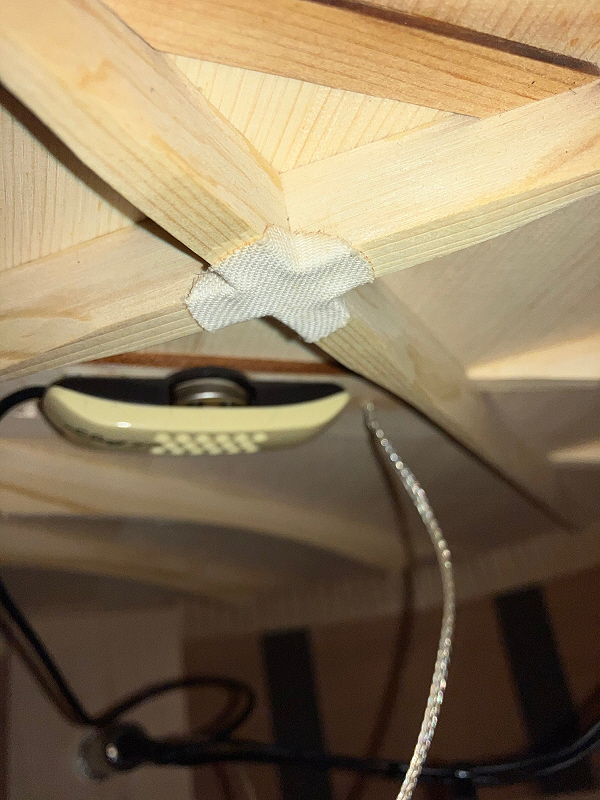
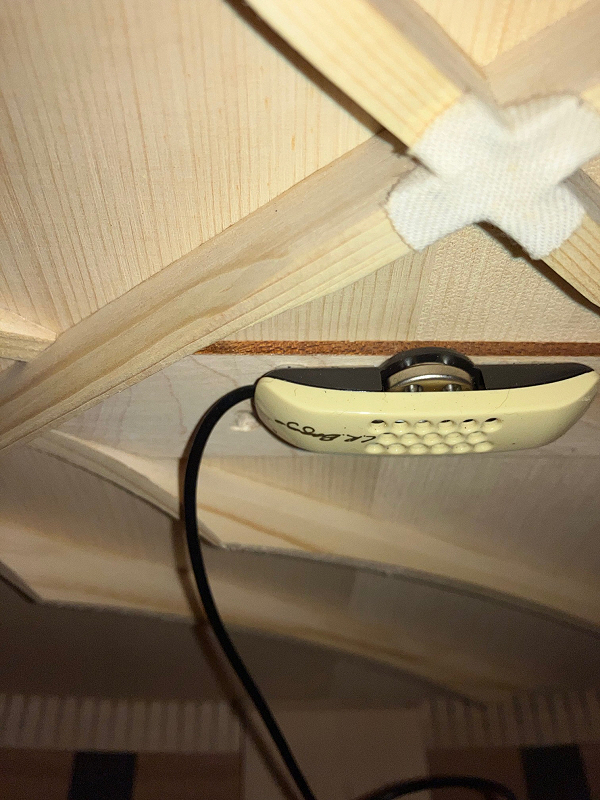
Last edited:
